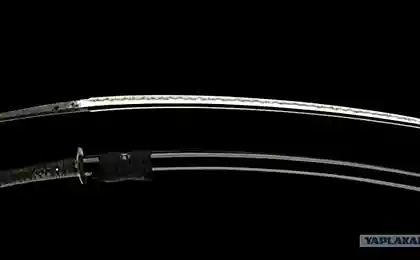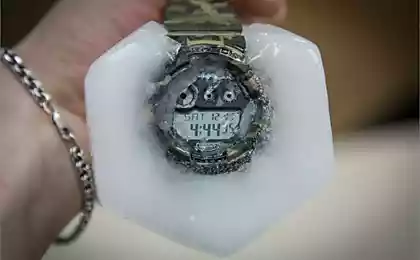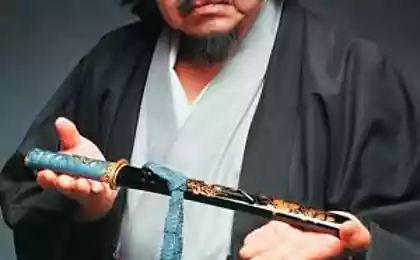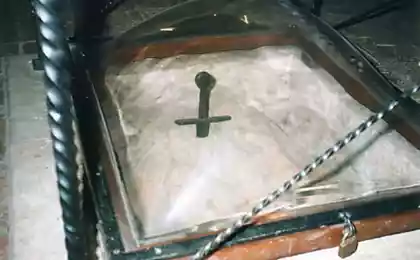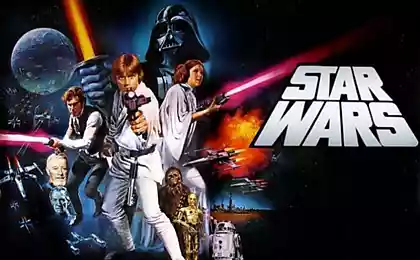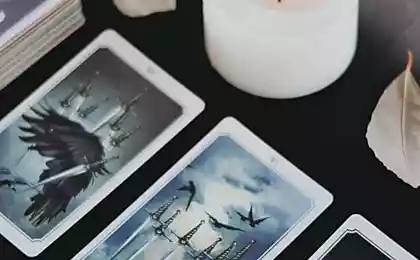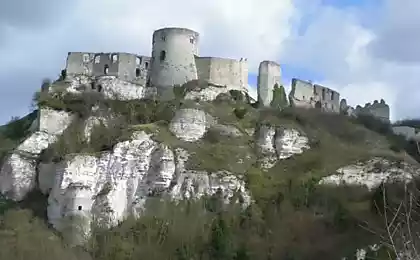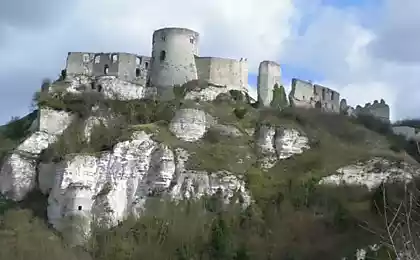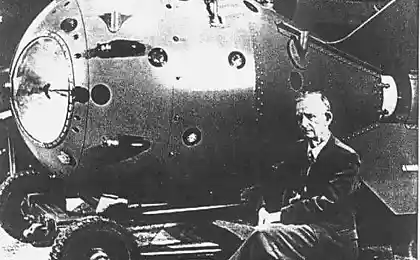1525
Test swords

Until the mid-17th century samurai are not faced with the problem of testing weapons. Constant wars gave them the ability to check in arms. Even there was a saying: 'Bought morning sword must be used to sunset. " But in peacetime, the Tokugawa period everything changed. Swords previous eras become family heirlooms, compared with new swords that had no history of any merit. However, these swords are weapons, and each Samurai wanted to be sure of the reliability and sharpness of his blade. Therefore, the phenomenon has spread tameshigiri (test cutting).
The blades were tested cutting off straw sheaves (Vara), bamboo, straw mats (tatami), the old helmets, copper and iron plates, as well as the execution of criminals, and the bodies of the executed men. The use of the sword to animals defiled sword. Cut the body of the dead samurai, and monks and was a matter of contamination. Criminals were to be commoners - quinine (not the people) and the (impure).
The most simple, affordable and widespread testing would chopping straw sheaves. Rice straw, dry or soaked in water, collected in a beam diameter of 18 cm, put on a stick of young bamboo with a diameter of 2, 4 - 3, 0 cm and tight was wound a rope from the same rice straw in five or six turns every 6 cm. The resulting sheaf should be dense and hard to lazy movement he was not cut. Bamboo stick mimics cervical vertebrae, straw - soft tissue. Usually we made five or ten sheaves and tried to tighten the rope at the same time with the same force. If the tie is tightened, the weaker conclusion as the sword is not true. These bundles cut in three positions: reinforced vertically on poles lying horizontally on the stand and hung vertically on the ropes. Last to perform the most difficult, as the bundle is not attached tightly and hang in the air in an unpredictable manner. If bundle put on the stand, the protruding ends tightly tied a rope to the ends of the metal rod driven into a horizontal stand. If using multiple sheaves, the task becomes more complicated. It was necessary to eliminate any offset sheaves impact sword, and for this they were tied very tight. Felling of twisted straw mats differed little from cutting sheaves.
Test swords on metal objects was a matter of a more responsible and if the cut sheaves with pleasure many samurai helmets and insert the cut only experienced testers. The selected test helmet worn on the head grinded shaped piece of wood and rigidly secured to the base to avoid the slightest shift. For razrubaniya plates made special stand. The ground-Ground two pillars, and hammered into their plate so that she sat rigidly and tightly. Sometimes samurai went into these tests so far. For example, a blacksmith It Hankey (17 in.) As his sword cut through the gun barrel. During World War II, to raise military spirit of Japanese soldiers showed a documentary in which a specialist pererubaet sword gun barrel. Test of metal objects has always been a risky business.
'Heart reassure confused thoughts to drive away, to pray a little, come to the platform, to make expressive breath and calculating the time to strike. Breathing should be lower abdomen and hands have to work at the same pace. The sword must be a tendency to some offset to the left. Thus, having trained a few dozen times, should proceed to trial on the sheaves. ' From this quote from a practical guide on tameshigiri (17 in.) That the test was not a matter of swords simple and require great skills. Therefore, although each samurai knew the technique of fencing (Kendo), testing swords trust experts. The best known were Yamano family and Yamada in which art tameshigiri inherited. Family Yamada tameshigiri practiced for the Tokugawa shogunate during the Kansei (1789-1800 gg.).
Felling corpses of executed criminals - follows the test blades. The body fit in a specially prepared dais - DOD (scaffold).
'Kensiba [place test] - it is just a thin mat, and the land between kensiba tamesiba [a place for the body] sand. There are Asaёmon Yamada and his companions. At the set time when the penalty was accomplished, the officials returned to their apartments, while the body put on tamesiba with their heads. Expert swords Honami and his disciples came at this time, as well as a consultant Tatiana doused.
EQA, but mono Bugё I came later and was invited Tatiana doused the office. When all was prepared, all gathered near kensiba where swords are brought in boxes. Was doused by tamesiba with prison overseer (then it was Iside Tatevaki). Doused, Utiyaku, Asaёmon Yamada and his assistants dressed in nosime ace-kamishimo [black kimono with strips of material, threaded at the edges of the sleeves], the rest in ace-kamishimo. Login guarded Matikata Tosiёri and jailer Utiyaku and did not let the audience. The main gate and guarded by two jailer.
Under the direction of Yamada Asaёmon two commoner laid the corpse on the DOD. One handed ha awase [Blade] Asaёmon`u, who held it to his forehead and secure it in kiritsuka [stick]. Then he took off his kataginu [top jacket] his kamishimo, turned to Dolan, put the butt of his sword at the corpse. Holding the sword in his right hand, he left kasnulis land and welcomed those present. Then he got up, took the sword with both hands and started the back of the head (blade almost straight down), and when all his muscles bulging, cut the corpse shouting 'Yah!'. Commoners have removed the corpse, but the mono-OKOS Bugё and other officials arrived, examined DOD and returned to their seats. Subsequently Asaёmon in writing informed about the state of the blade '- the family of testers Yamada book' Introduction to tameshigiri '.
A simple blow-Suri was sode (sleeve amputation) - a blow to the hand, the most difficult - Ryo Qurum (pair of wheels) - blow across the hip (Fig.49). Selection of impact made after much deliberation and advice from experts. Not all swords can withstand such a test. But the best blades tested for two, three and even four bodies stacked one on top of another, for example in 1662 a test Yamano Kauemon, but Jo Nagahisa experienced sword smith Hironori of Hizen (student Tadayoshi-first) and cut through them the two bodies, which recorded In the inscription in gold on the shank of the blade. Many swords blacksmith Kotetsu also have tamesi-mei (inscription on the test) of this type. Usually tamesi-mei includes information about who had a sword that was severed in what quantity, and date of the test.
A special kind of testing was to use their swords as weapons of death. Book 'Seykey Sirio' mention of a Goto, beautiful executioner. One day he was to execute the death sentence (to cut the head) to several convicted tied standing in the yard of torture. To the chagrin of all those present began to rain. Goto took the left arm umbrella, to the right a naked new sword, and went out into the yard. He returned a few moments later, almost without wetting their clothes and the sword and handed it to the owner, saying approval of purchase. Undoubtedly, this Goto knew their job.
Another story with a touch of humor, develops this theme. The burly thief was caught and sentenced to death. When the master of fencing went to him with a naked sword in hand, the thief asked: 'Are you the one who is going to kill me?'. 'Yes, - was the answer. I will cut you blow kesa [diagonally, repeating the line cord kesa worn over the shoulder Buddhist monks]. " 'If I knew in advance I swallowed a couple of big stones to spoil your sword'.
Test swords on live commoners gave rise to the phenomenon of a particular street murder - tsudzugiri. Some samurai saw nothing wrong with the murder of a beggar or a belated passer. Class warriors Shogun decree was given the right to lynch the threat of their honor. A samurai once witnessed the presentation of street theater where the actor jumped, representing a grasshopper. Samurai saw this as a parody of himself, and the actor was hacked to death instantly.
Another story tells of how sleep at night on the roadside beggar was hacked to death with the sword, whose owner was trying to properly conduct the test blade. The narrator concludes: "For someone like me, a low is not a relaxing holiday, a bad man can kill me while I sleep." A more cheerful story is a master of jujitsu, confronted on the street corner, nose to nose with a samurai who wanted to test his sword. The wrestler made three flop, stood on his feet at a safe distance, the language showed the samurai and quickly ran away. Finally, one of the Tokugawa shoguns sometimes go out at night on the streets of Edo, to practice fencing at bystanders.
There was another kind of testing weapons. Blacksmiths Mito practiced Mizu-tamesi (water test). Sword swipes at the flat surface of the water, poured into special containers. If the sword as a result of this action does not break in two, then confessed to the relevant requirements.
An important way to assess the quality of the blade is to assess the nature of its springiness' famous master test cutting Kadzivara Masayoshi from Fukuoka, having done a lot of experiments, noted the following: old sword [koto] when chopping springs of type 'bin', ie with great flexibility, and a new sword [Shinto] reacts type 'Bokun', ie elasticity does not show. Therefore, a new sword can be broken by committing them when chopping motion as if chopping wood with an ax, and the old sword so it is impossible to break down ', - Kaneko Kёho, in the book "Nihon-but the Kaji dzyundzё'.
In modern Japan, there are clubs testers swords. Fans are regularly collected and soaked in water cut bundles of straw and rice straw mats constricted.

